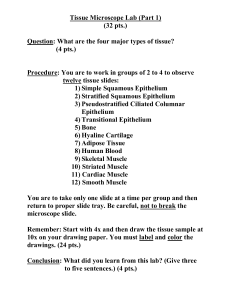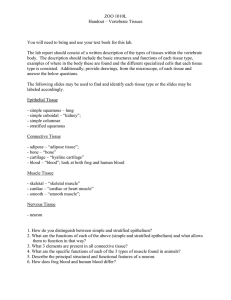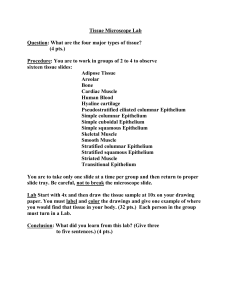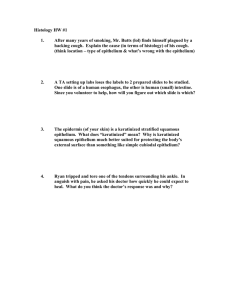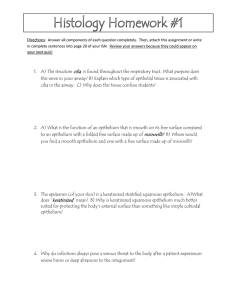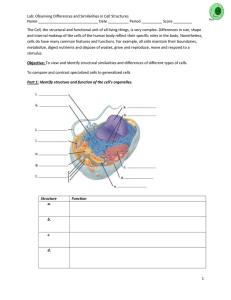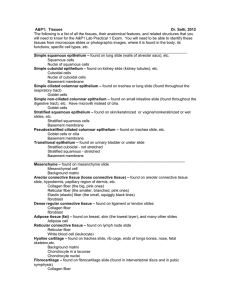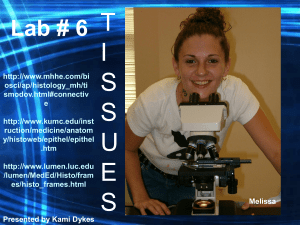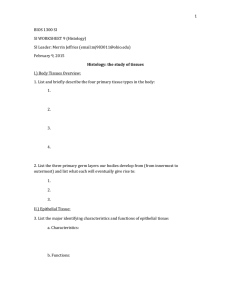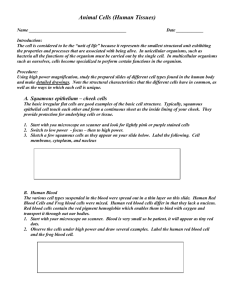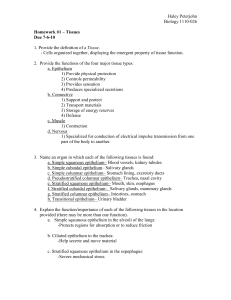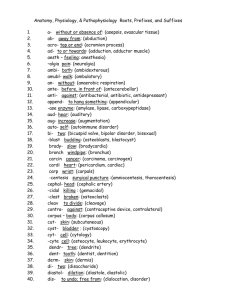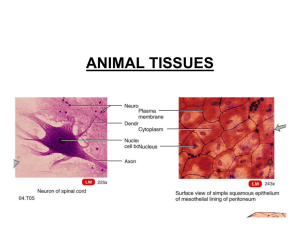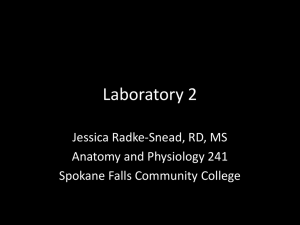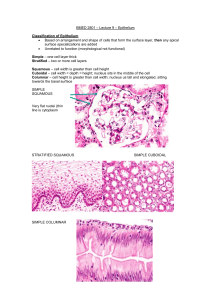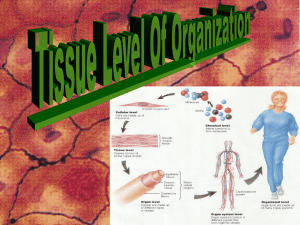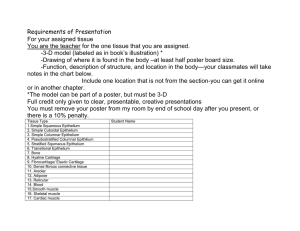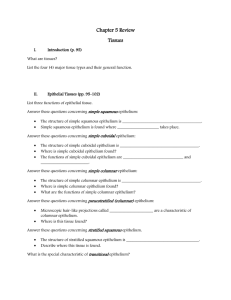Identify the cell parts in these pictures. Answers on the last slide
advertisement
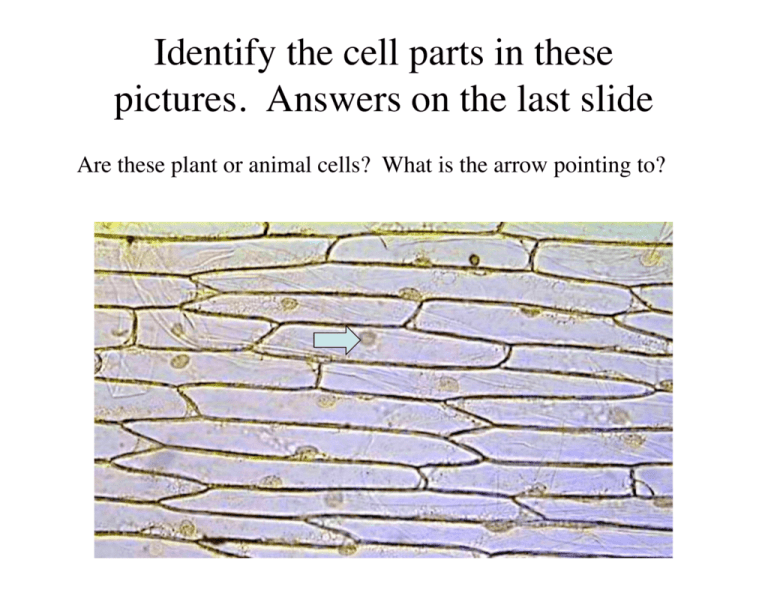
Identify the cell parts in these pictures. Answers on the last slide Are these plant or animal cells? What is the arrow pointing to? Are these plant or animal cells? What are the green disks? What do the green disks do? Are these plant or animal cells? Is this simple squamous or cuboidal epithelium? What are these cells? What is the tail called? What is this tissue type? (muscle, epithelium, blood, sperm, etc.) How can you tell that it is not a human sample? What tissue type are these cells? What body part did they come from? Name this organelle. What is it’s function? Name this organelle. What is its function? Name this organelle. What are the dots on the surface? Name this tissue type. Name this tissue type. Name this tissue type. Name this tissue type. Name this tissue type. Name this tissue type. Name this tissue type. What is “a” pointing to? What type of cell are b, c, and d pointing to? What are the tiny purple freckles in the background? Answers • Slide 1: Plant (onion). Nucleus. • Slide 2: Plant. Chloroplasts. Photosynthesis. • Slide 3: Animal (Frog skin). Squamous. • Slide 4: Frog sperm. Flagella. • Slide 5: Frog blood. Human blood doesn’t have nuclei. • Slide 6: Simple squamous epithelium. Human cheeks. • Slide 7: Mitochondria. Makes ATP. • Slide 8: Rough Endoplasmic Reticulum. Ribosomes. Golgi body; modifies proteins and then packages them in vesicles for transport out of the cell • Slide 9: Pseudostratified ciliated columnar epithelium (note the cilia) • Slide 10: Smooth muscle (no striations) • Slide 11: Cardiac muscle (notice faint striations and intercalated disks) • Slide 12: Simple squamous epithelium (skin) • Slide 13: Simple cuboidal epithelium (notice round ducts) • Slide 14: Skeletal muscle (notice striations) • Slide 15: Human blood. Red blood cells. White blood cells. Platelets
